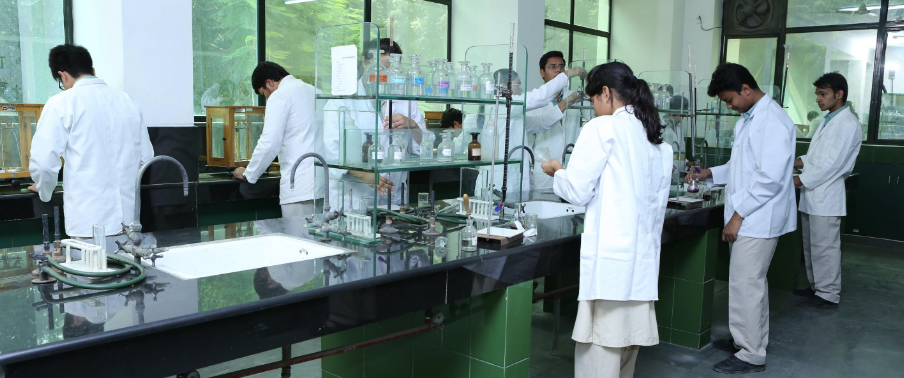
In the first part of this article, we highlighted some of the common pieces of equipment you will find in a chemistry lab. Here, we are going to continue on with that theme, adding a number of additional pieces of gear to the list.
Erlenmeyer Flasks
This is a classic piece of chemistry equipment, and one that is likely featured in any movie scene where a science lab plays a role. This is the type of flask which has a narrow neck and a wider base. The reason for this design is that you will be able to mix the contents of the flask with very little risk that anything will escape out of the top. Also, a stopper can be used in the narrow opening to secure everything inside. When the flask needs to be suspended in the air – such as when it will be heated over a Bunsen burner – it can be clamped to a ring stand.
Florence Flasks
Yet another type of flask which can be used for a variety of experiments. These items also go by the name of ‘boiling flasks’, which tells you precisely what they are intended for in most uses. The design of a Florence flask features a rounded bottom and a narrow neck. Just like an Erlenmeyer flask, this piece of equipment can be used in conjunction with a stopper.
Watch Glasses
This might be the simplest piece of equipment in the chemistry lab. Watch glasses are nothing more than round pieces of glass which are slightly concave in order to hold either liquids or solids in place. As the name would indicate, these are great options for viewing purposes.
Funnels
With so many beakers in use around the lab, it will be necessary to have a number of funnels on hand as well. Funnels are typically made from either glass or plastic, and they come in a number of different stem widths and lengths to suit the application at hand. A good lab will have a variety of funnel sizes in stock so that various experiments can be completed successfully.
Pipettes
When you need to measure out an exact amount of liquid in order to move it from one place to another, you will typically want to use a pipette. You can choose from many different sizes of pipettes, depending on what is being measured and how much liquid is needed for the experiment.
Ring Stands and Clamps
To elevate your experiments for any reason, you will likely want to use a ring stand. This is a simple device which can serve as a home for a beaker or flask. In order to hold the ring in place on the ring stand, you will need to use a clamp. It is important to secure the clamp tightly on the stand before placing a beaker or other items on the ring itself.
We hope this two-part list has provided you with a great introduction to the many pieces of chemistry lab equipment available today. Chemistry is a fascinating field, but proper experiments can only be completed when the right lab equipment is on hand.
